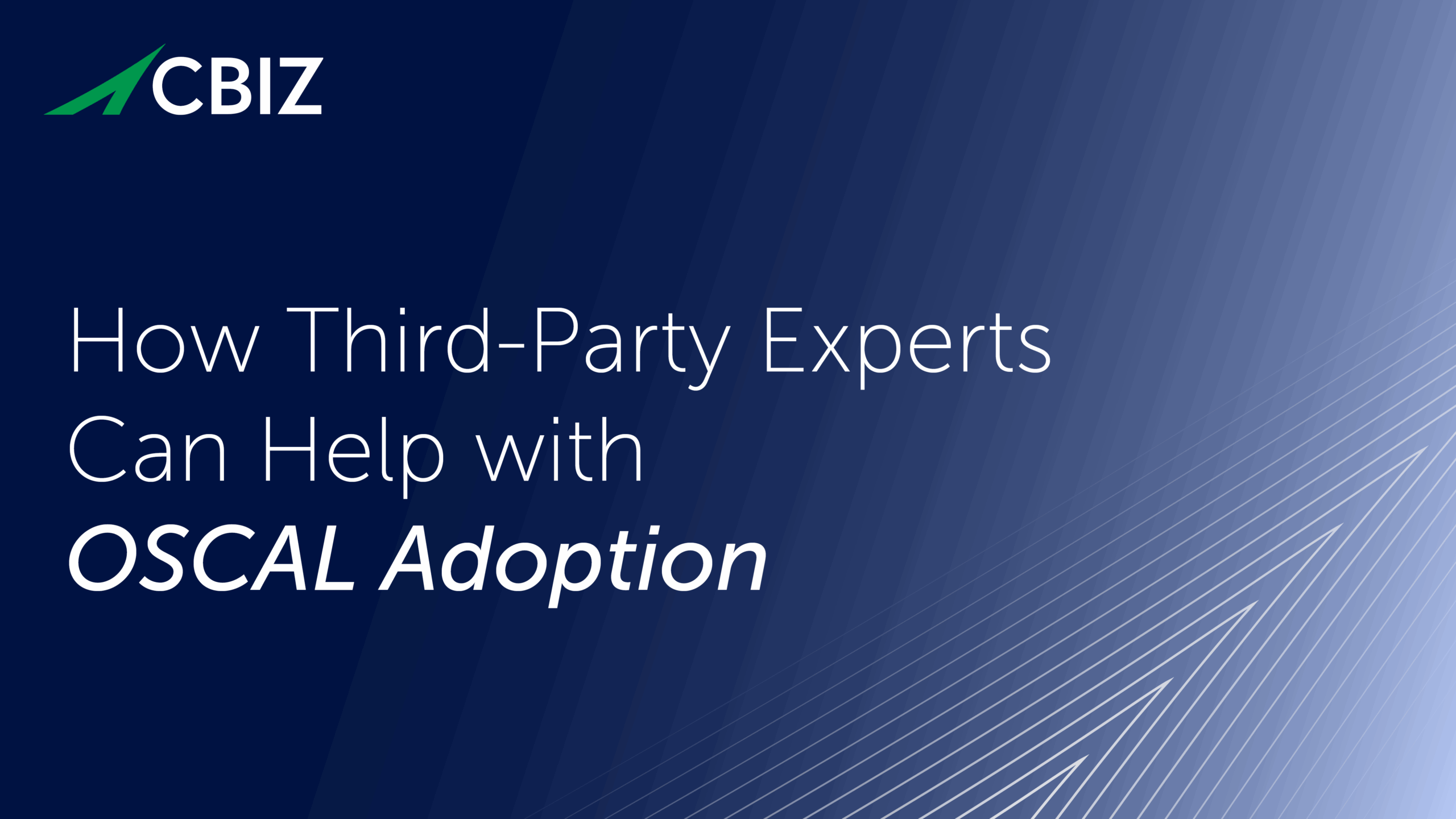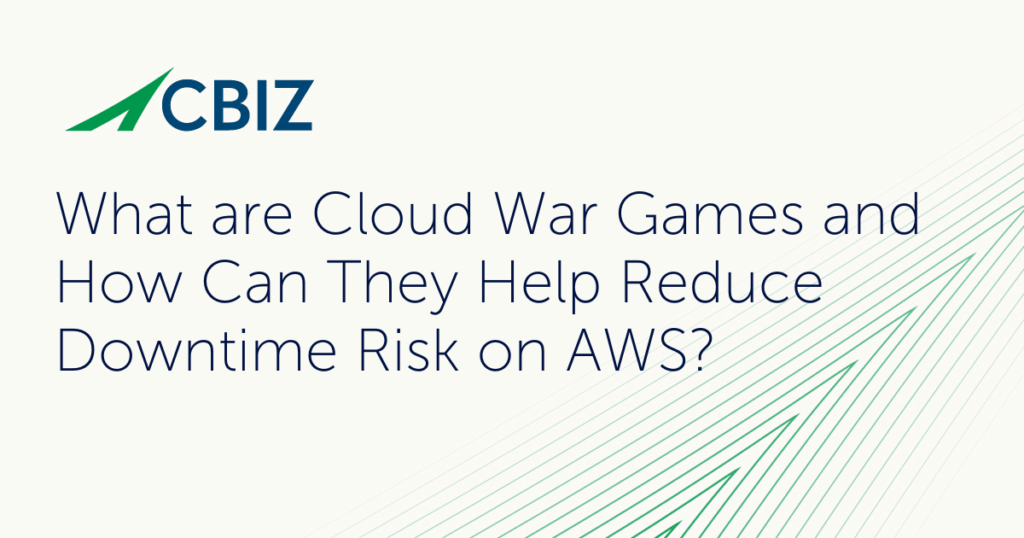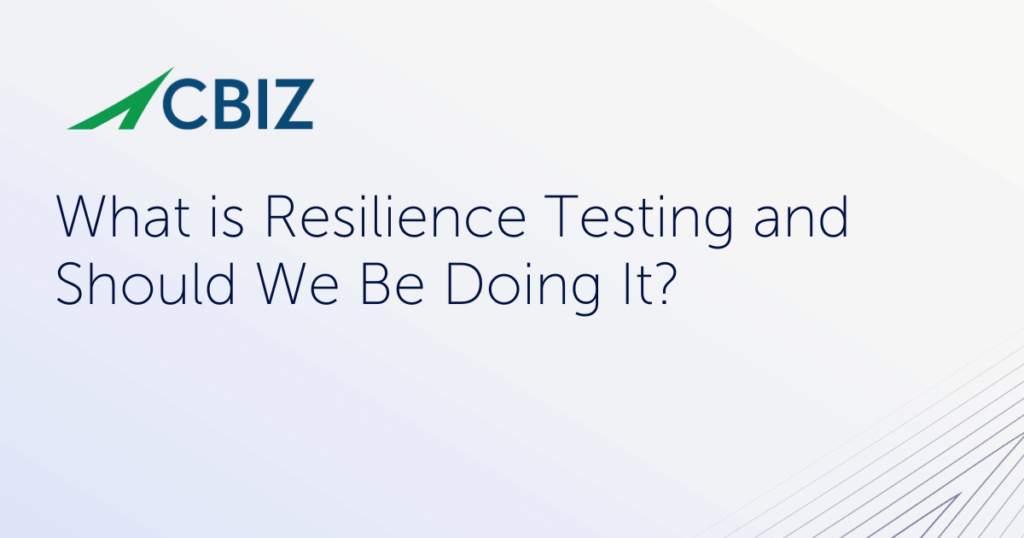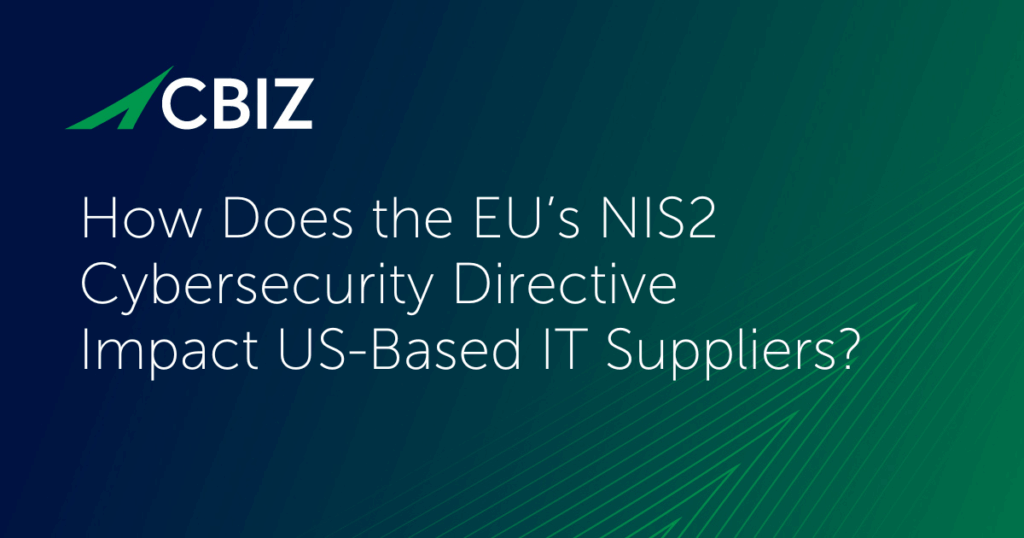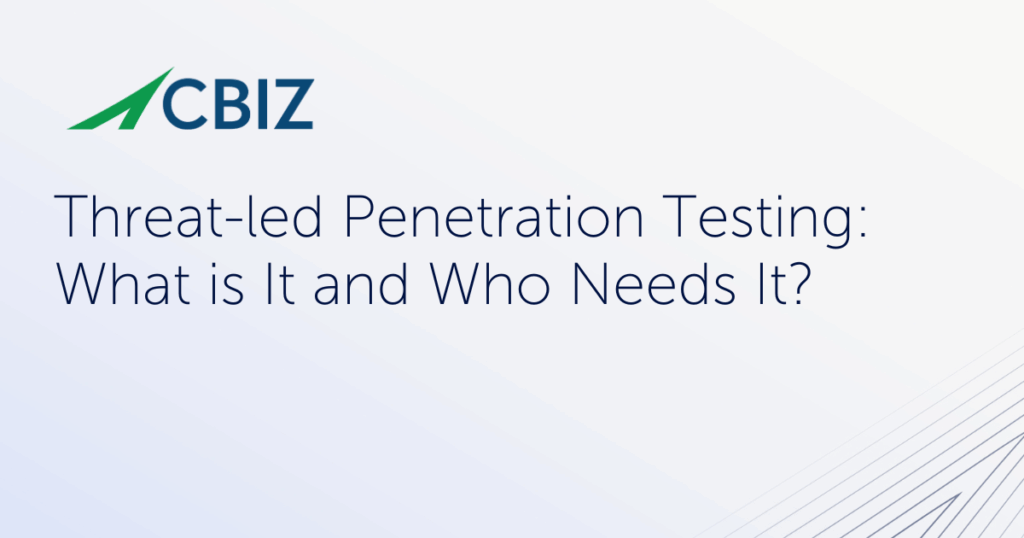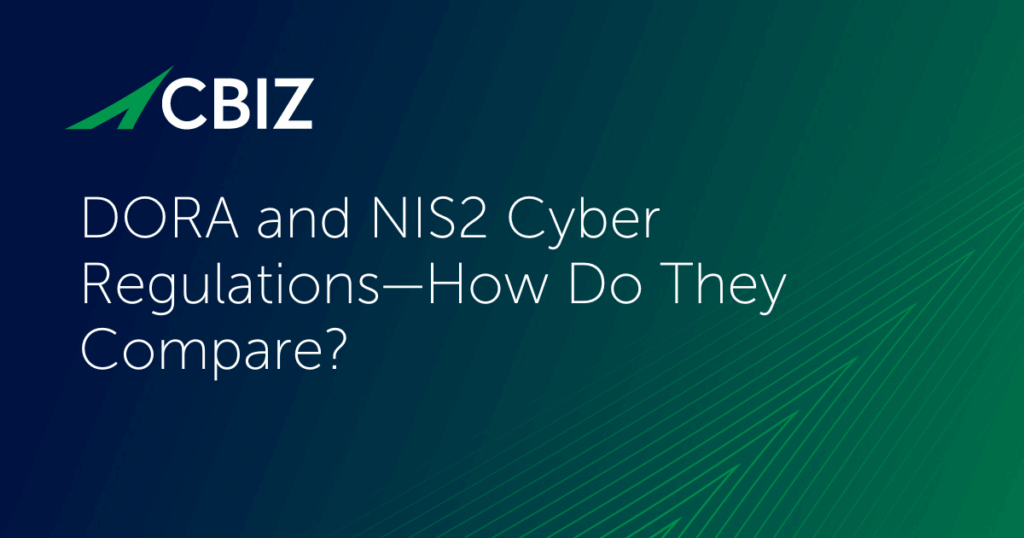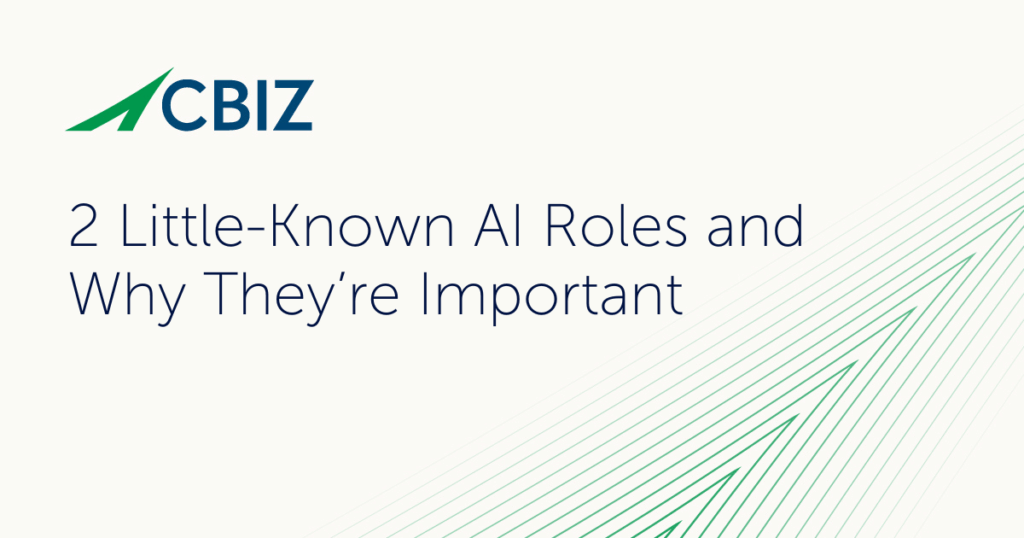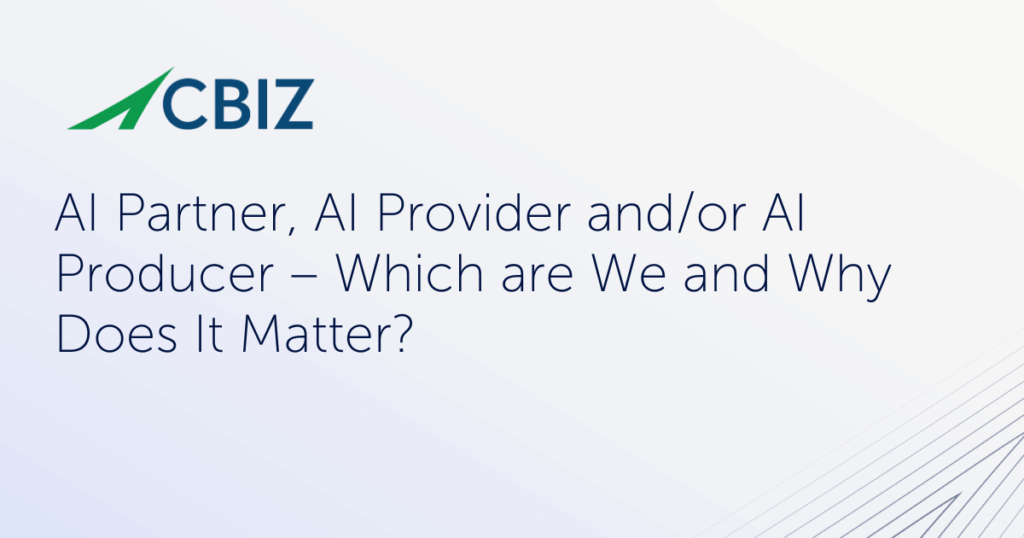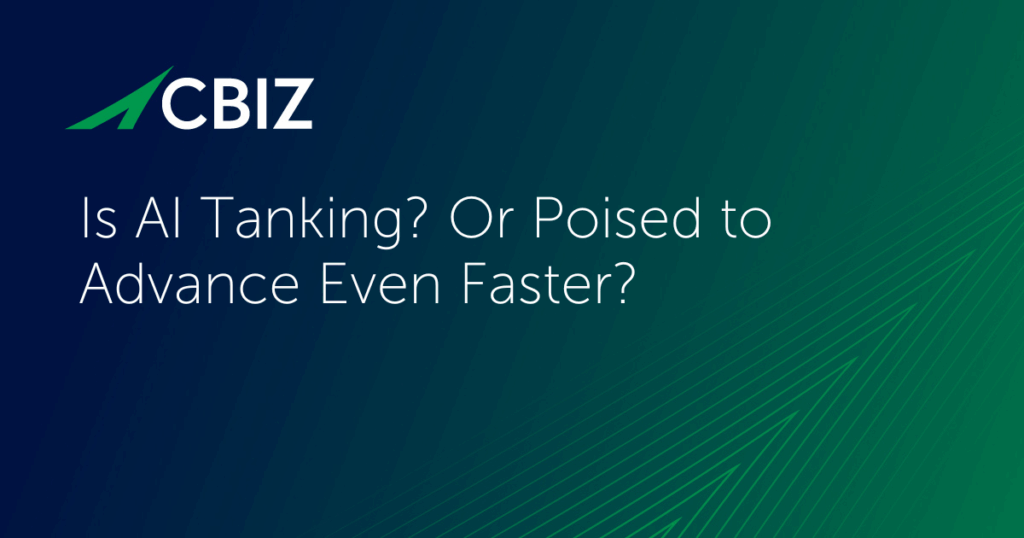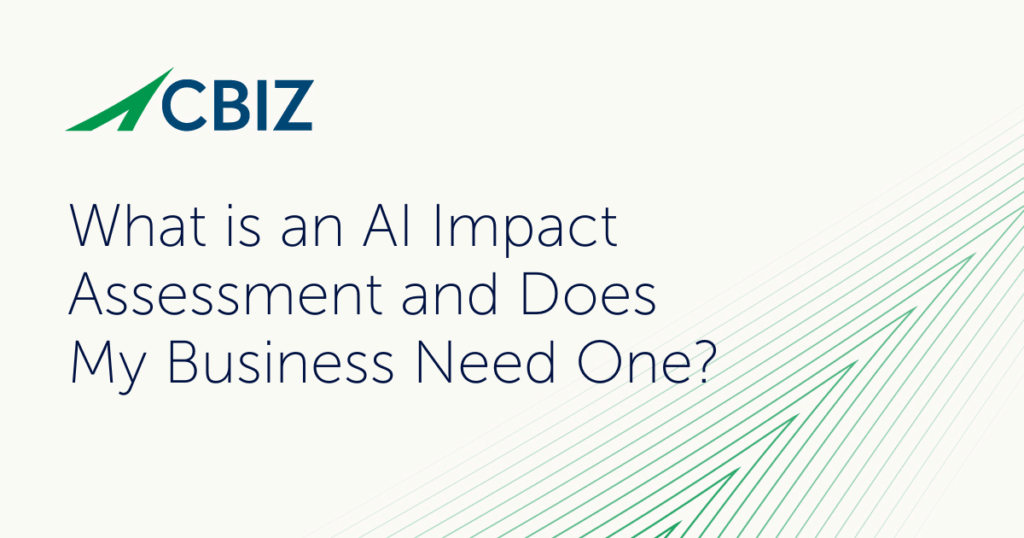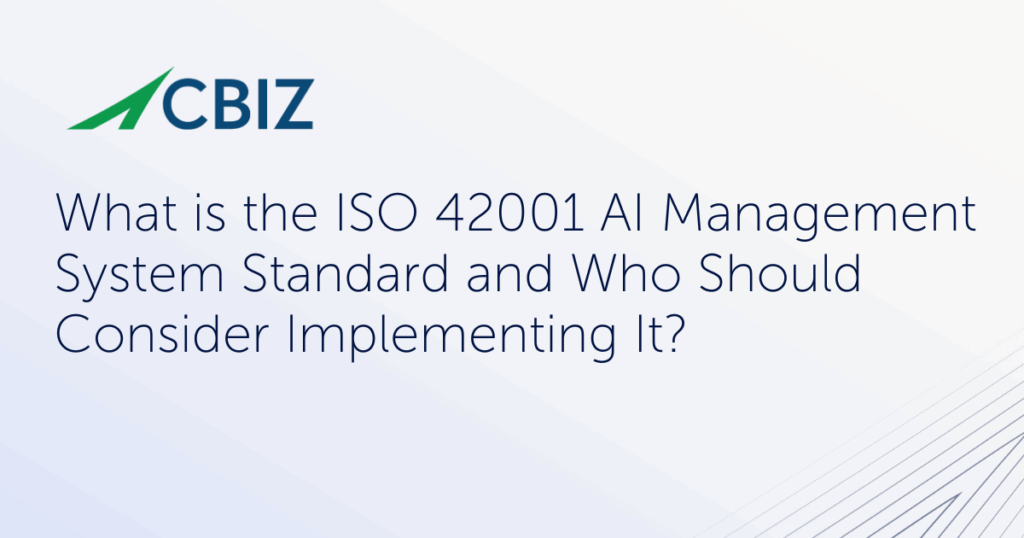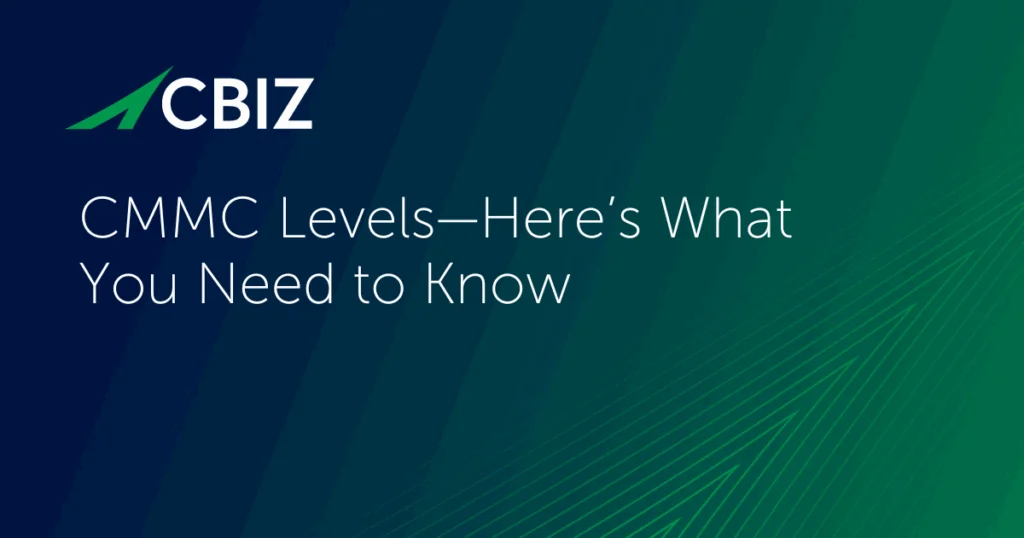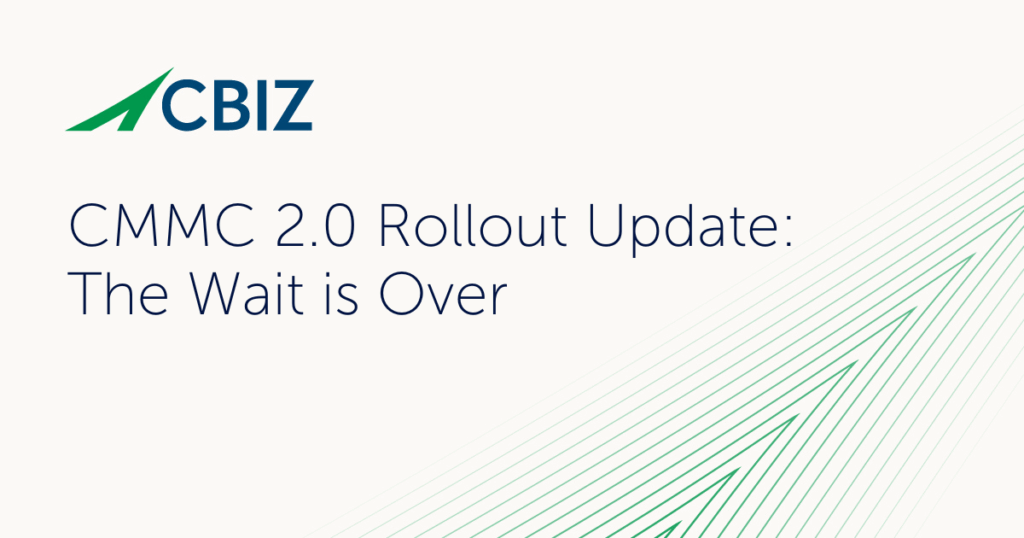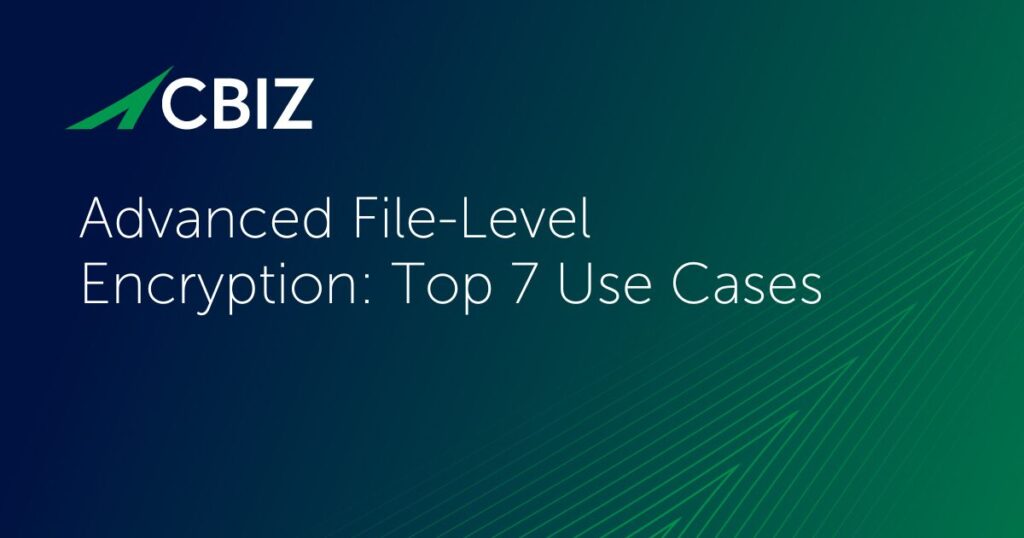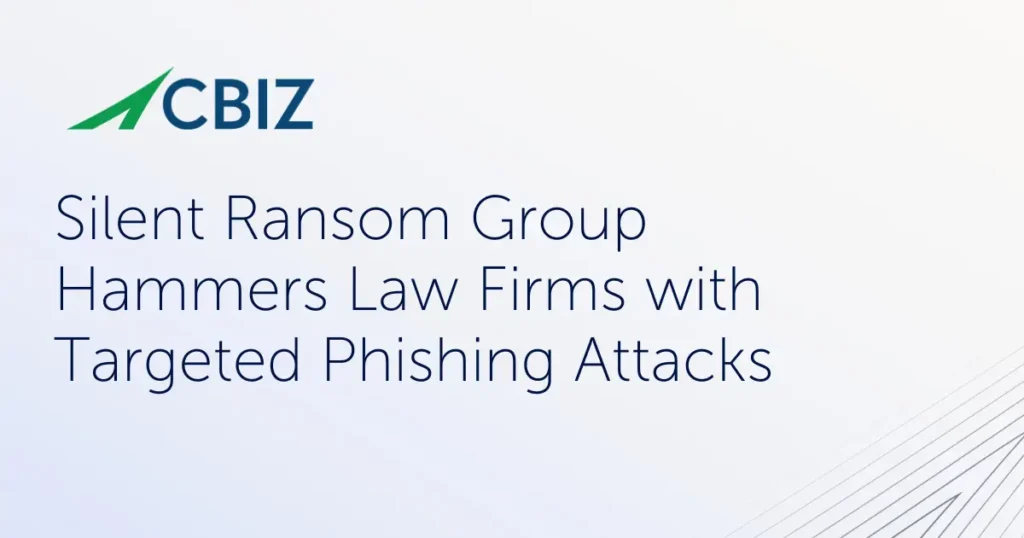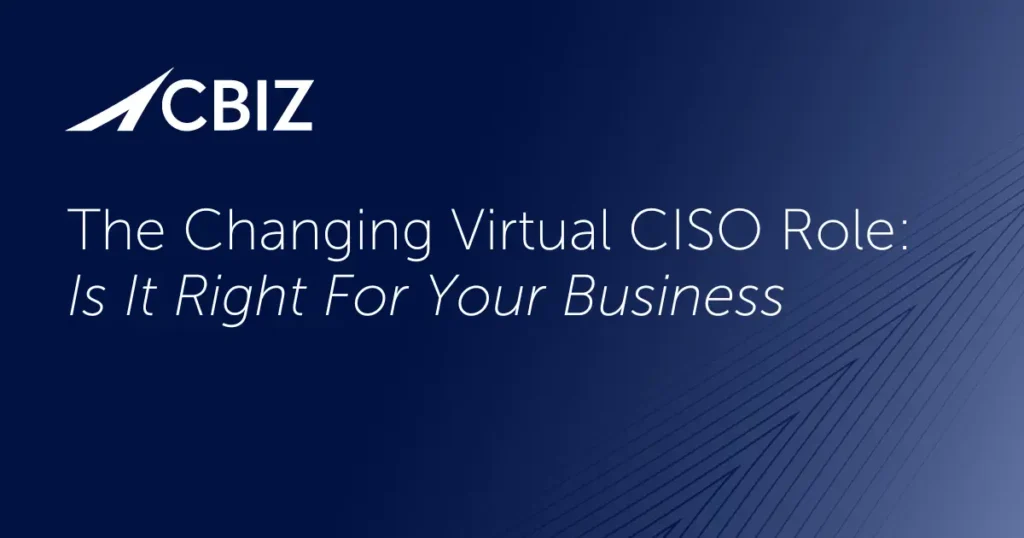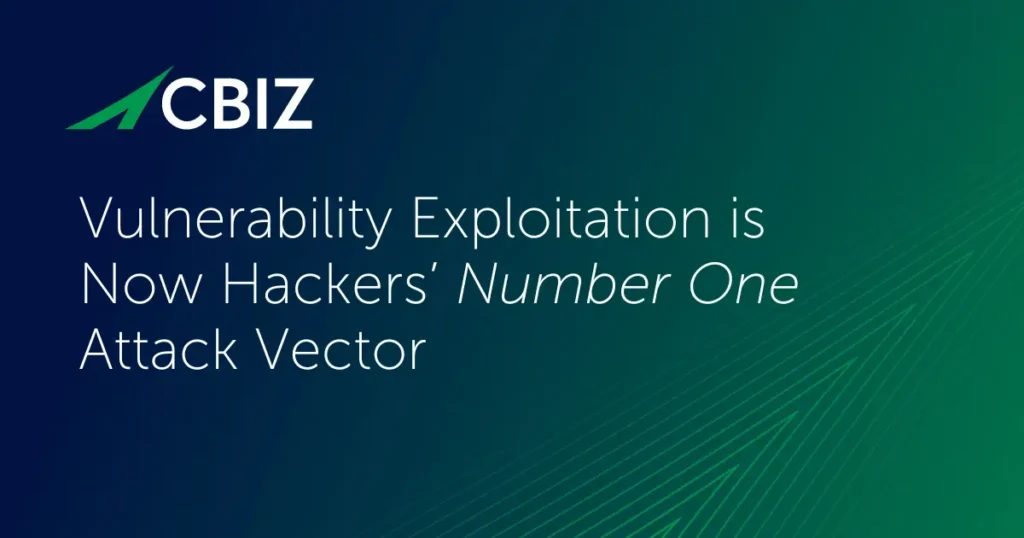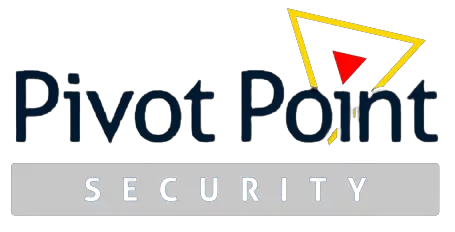Last Updated on November 19, 2025
Trying to track cybersecurity compliance with legacy methods can feel like an endless, uphill slog fueled by the gnawing fear of audit failures. And it only gets harder as your environment gets more complex, new risks arise, and new regulations pile on.
The Open Security Controls Assessment Language (OSCAL) can help update and automate the whole cybersecurity compliance and assessment domain—from creating documentation to generating audit reports—by representing security data in structured, standardized, machine-readable formats. This enables formerly siloed entities to communicate electronically, even across organizations.
To begin modernizing their cybersecurity compliance process, a popular option is to leverage third-party OSCAL expertise while building in-house skills. This article provides an overview of how that process can work.
What technical challenges does OSCAL present?
Exporting/mapping your current datasets to OSCAL formats is comparatively straightforward. The big payoff on OSCAL investments comes when your governance, risk & compliance (GRC) system can automatically ingest and manage OSCAL data. This potentially gives you an end-to-end solution that can “auto-magically” generate and maintain cybersecurity documentation, drive continuous compliance reporting, streamline assessments, and even improve risk management and vulnerability management.
But OSCAL is a programming language, not a ready-made GRC tool that can automate your cybersecurity compliance regime out of the box. Grappling with OSCAL on your own can take an overwhelming amount of specialized knowledge.
For example:
- Building OSCAL documentation for potentially hundreds of cybersecurity controls, and/or converting your current documentation to OSCAL formats, is complicated and labor-intensive in today’s multi-cloud environments.
- OSCAL can help automate many repetitive tasks in compliance reporting, but still leaves a significant hands-on effort requiring scarce skills. For example, controls associated with different system components must be updated individually in OSCAL. This is time-consuming, especially when a single change impacts multiple parts of the documentation set.
How consultants can help with OSCAL adoption
To shorten learning curves, rebuild legacy processes, and maximize automation, expert vendors now offer customizable GRC software and service platforms that can help service providers, US government agencies, and others reduce time to value for adopting OSCAL. These and other consultants can help organizations understand, implement, and automate OSCAL-native compliance processes and documentation, helping to simplify all forms of assessments and reducing overall compliance risk.
Kenny Scott, founder and CEO at Paramify, explains: “Cyber risk management is incredibly challenging for companies. We’re not trying to be a one-stop solution that handles all of that. What we do is help professionals build solid plans using their existing stack to automate the required deliverables for managers, assessors, and customers. And where there are gaps, we connect them with great partners and great tools to get to excellent deliverables in a very short time.”
Some of the ways that consulting services can help organizations adopt OSCAL include:
- Educating teams about OSCAL.
- Developing a roadmap to build out an OSCAL platform aligned with cybersecurity and business requirements.
- Support for using OSCAL data models to represent their cybersecurity documentation and other data accurately and consistently with an eye on maximizing reuse.
- Establishing OSCAL-based continuous compliance systems to report on compliance status and proactively detect compliance issues.
- Preparing OSCAL-based documentation to be leveraged for audit purposes by ensuring it is complete and correct.
- Integrating and applying OSCAL-based tools to automate compliance tasks, such as importing and translating current system security plan (SSP) documentation into a machine-readable format.
- Integrating current cybersecurity tools with OSCAL tools and workflows to automate compliance and optimize compliance efficiency.
- Mapping current risk assessment and risk management processes to OSCAL to help automate documentation updates.
- Mapping OSCAL-compatible control descriptions to applicable standards and frameworks (e.g., NIST 800-53, NIST 800-171, FedRAMP Moderate, ISO 27001) to support compliance with multiple regulations.
Tips to get started with OSCAL
OSCAL can help your organization greatly improve compliance efficiency, reduce compliance costs, improve your cybersecurity posture, and hone a competitive edge in compliance-centric marketplaces like FedRAMP and CMMC.
If you are considering adopting OSCAL, here are some tips on how to get started:
- Assess your current compliance processes to identify potential “quick wins” where OSCAL can add the most value with the least upfront effort. Examples include mapping current documentation to OSCAL formats or automating compliance reporting to help streamline audits.
- Investigate the OSCAL tools marketplace. Both established and up-and-coming GRC vendors are finding innovative ways to help federal agencies, their service providers, and other stakeholders automate manual compliance processes with OSCAL.
- A recommended approach to get to know OSCAL, a consulting partner, and/or new OSCAL tooling is to build experience through a pilot project.
- Invest in training and help your in-house team build OSCAL skills.
What’s next?
For more guidance on this topic, listen to Episode 150 of The Virtual CISO Podcast with guest Kenny Scott, founder and CEO at Paramify.






